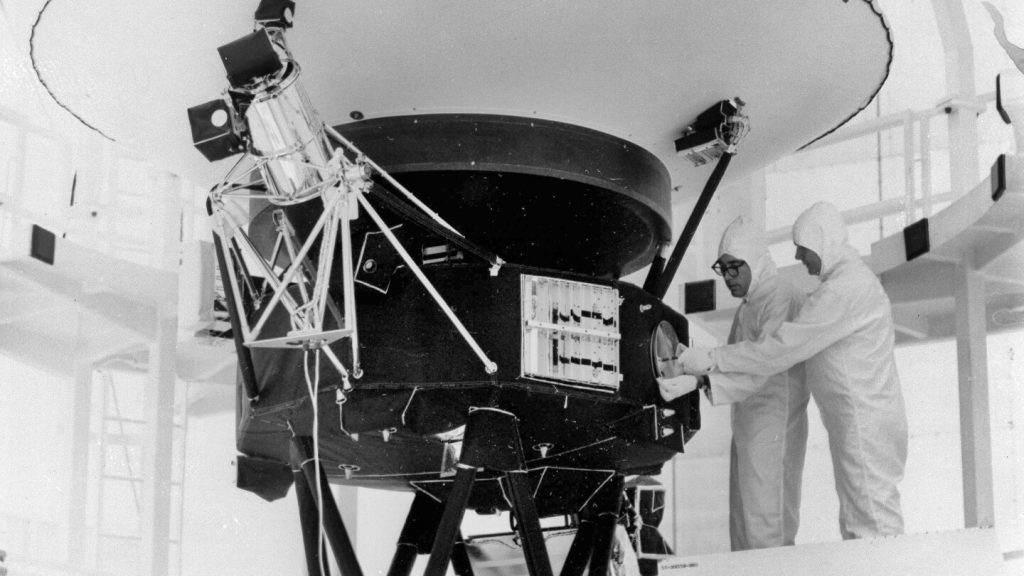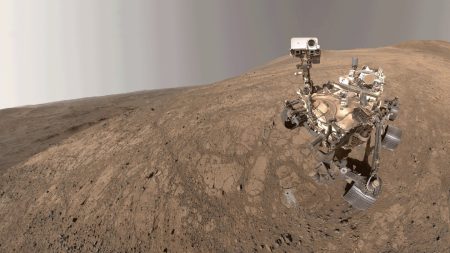NASA’s Voyager 2 spacecraft is entering a new phase of its long-term mission as the agency has decided to power down one of its scientific instruments to conserve energy. The plasma science instrument, which measures the flow of charged particles, was turned off in late September. This is part of an effort to extend the operational life of the spacecraft, which is anticipated to continue sending data back to Earth until at least the 2030s. The strategic decision underscores the importance of managing resources judiciously, especially for a mission that has lasted more than 46 years and which explores the final frontier of interstellar space.
Both Voyager 2 and its twin, Voyager 1, were launched in 1977 and initially ventured to study the gas giant planets, completing their primary missions in the 1980s. After those initial encounters, NASA began shutting down several instruments to extend the lifespan of the spacecraft. Voyager 1’s plasma science instrument ceased functioning long ago and was officially shut down in 2007. Following a similar trajectory, Voyager 2 has now also reduced its scientific capabilities, yet it continues to operate with four remaining instruments that will continue to gather valuable information about the environment beyond the sun’s influence, known as the heliosphere.
Voyager 2 has had a unique trajectory in the history of space exploration; it is the only spacecraft to have visited the distant planets Uranus and Neptune. Currently, it is positioned over 12 billion miles (19.31 billion kilometers) away from Earth, traveling through the uncharted territories of interstellar space. Meanwhile, Voyager 1, which is slightly farther at over 15 billion miles (24.14 billion kilometers) from our planet, offers a juxtaposed view of the vastness of space and the operational capacity of these two iconic spacecraft.
The ongoing research facilitated by the surviving instruments on Voyager 2 promises significant insights into the magnetic fields and cosmic particles present in interstellar space. These readings are crucial for understanding the nature of our solar system’s interaction with broader cosmic phenomena. The data collected not only contributes to our knowledge of astrophysics but also aids in understanding how stellar winds and cosmic rays behave outside the protective bubble of the sun, enriching our comprehension of space weather and its effects on both spacecraft and Earth.
The overall aim of NASA’s Voyager program extends beyond mere exploration; it serves as a testament to human ingenuity and the quest for knowledge about our universe. The data collected by the Voyager spacecraft has proven invaluable over the decades, shedding light on the outer planets and their systems while providing a deeper cosmic context for our own planet. As both spacecraft drift further into interstellar space, their missions become increasingly about the journey and legacy of discovery rather than immediate scientific returns.
In conclusion, the decision to disable Voyager 2’s plasma science instrument is a critical part of NASA’s strategy to prolong the mission’s longevity. Driven by a commitment to limit resource use while maximizing scientific return, the mission continues to be a symbol of exploration. As Voyager 2 and Voyager 1 journey further from Earth, they embody the spirit of discovery that drives humanity to explore the unknown, and they remind us of the enduring quest to unlock the secrets of the universe. With continued observations and data collection, even from a distance of billions of miles, these spacecraft will remain at the forefront of astrophysical research for years to come.










